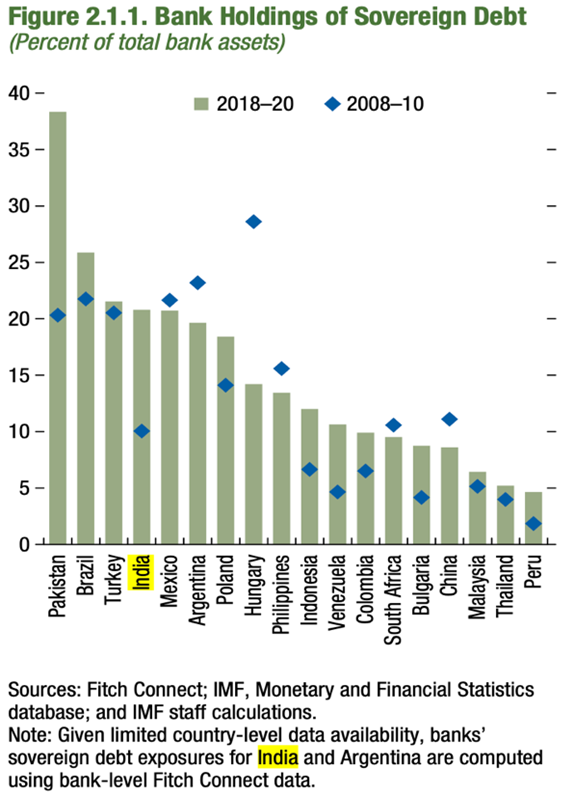The Annual Spring Meetings of the world’s two prominent lending institutions World Bank and the International Monetary Fund (IMF) are underway. Global growth is projected to slow to 3.6% in 2022 from 6.1% in 2021. That is lower than the growth estimated in January 2022. The International Monitory Fund has warned that the forecast assumes the conflict remains confined to Ukraine. It could deteriorate further if it spreads to other parts of Europe or different continents.
The outlook for global inflation continues to paint a grim picture. It would stay higher than previously forecasted as commodity prices continue to rise. IMF projects the inflation rate at 5.7% in rich countries and 8.7% in emerging and developing economies. It is a good 1.8% to 2.8% higher than projected in January 2022. That is no good news for financial markets as risk appetite goes down. Equity assets in risky emerging markets would continue to see a selloff. Foreign portfolio investors have pulled out close to $20bn worth of Indian equities in 2022 so far. Due to weaker domestic demand, the IMF has cut India’s growth in 2022-23 to 8.2%. Rising oil prices and a widening trade deficit are likely to affect private consumption that is needed to stimulate economic growth.
The Global Financial Stability Report released during the Spring meetings highlights that domestic banks in emerging markets hold a high quantity of government securities. They account for about one-fifth of the banking sector assets and 200% of their capital adequacy requirements. According to the report, the fallout of the war could mean distress in such emerging markets that could trigger an adverse feedback loop between sovereigns and banks through multiple channels. The report calls it a ‘sovereign-bank nexus’ that could reduce the soundness of the banks and credit growth in the economy as interest rates rise across countries. India witnessed banks providing money to fund the increased expenditure due to the COVID-19 pandemic. However, India is not facing any fiscal crisis like other developing nations. The direct and indirect tax revenue exceeded the government’s revised estimates for Budget 2021-22. India has record food stocks and production to control any surge in food inflation if one goes by the monetary policy committee report released last week.

The Nifty index is down nearly 3% in 2022, while the shares of state-owned banks represented by the PSU index gained 11%. Shares of SBI, Bank of Baroda, and Canara Bank, among others, have bucked the overall market trend in 2022. Public sector banks are at the forefront of lending to the government by holding treasury bonds. The rally in PSU bank stocks is despite a sharp selloff by foreign investors. The IMF observation could be a red flag.
In a world that is fraught with risks, the Indian stock market is holding up. You need to focus on the profitability of businesses in a sector and study their financial performance before investing or trading. Even at the lowered target of 8.2%, India would be the fastest-growing major economy in 2022. You need to plan your investments accordingly. At Alphaniti, we help you do just that.
References:
Fiscal Monitor, April 2022 | IMF
World Economic Outlook, April 2022: War Sets Back The Global Recovery
Thank you for reading this post, don't forget to subscribe!




